After unveiling its upcoming NuBryte cloud-connected smart home console last year, Lucis Technologies brought a working model to the showroom floor at CES, demoing the console's automated lighting and security features.
NuBryte is a smart light control panel that cleverly replaces existing room light switches, bringing advanced home monitoring and control to home owners without an involved installation process.
What makes NuBryte interesting is its ability to adapt lighting settings by applying specialized algorithms to recorded user behavior and data gathered by onboard sensors. Over time, the system "learns" a room's lighting patterns and can adjust light output settings depending on time of day and more, ultimately saving home owners money. Automated lighting choices can be overridden on device or through direct control via smartphone.
In addition to lighting functions, NuBryte includes built-in security features like a Web-connected camera. Users arm the device with a passcode before leaving the house, just as they would a conventional alarm. When triggered by an intruder, the system will flash room lights and record 40 seconds of video for later inspection.
A push notification can also be sent is sent out to alert users to the situation so they can access NuBryte's camera feed remotely and take further action if necessary.
Finally, severe weather alerts are pushed down to NuBryte for onscreen viewing, while current software iterations include a built-in family calendar and an intercom for communicating with other NuBryte devices located throughout the house.
Lucis plans to have NuBryte out by the end of the second quarter for $199. Preorders get a $50 price cut and are being accepted through the company's website.
 Victor Marks
Victor Marks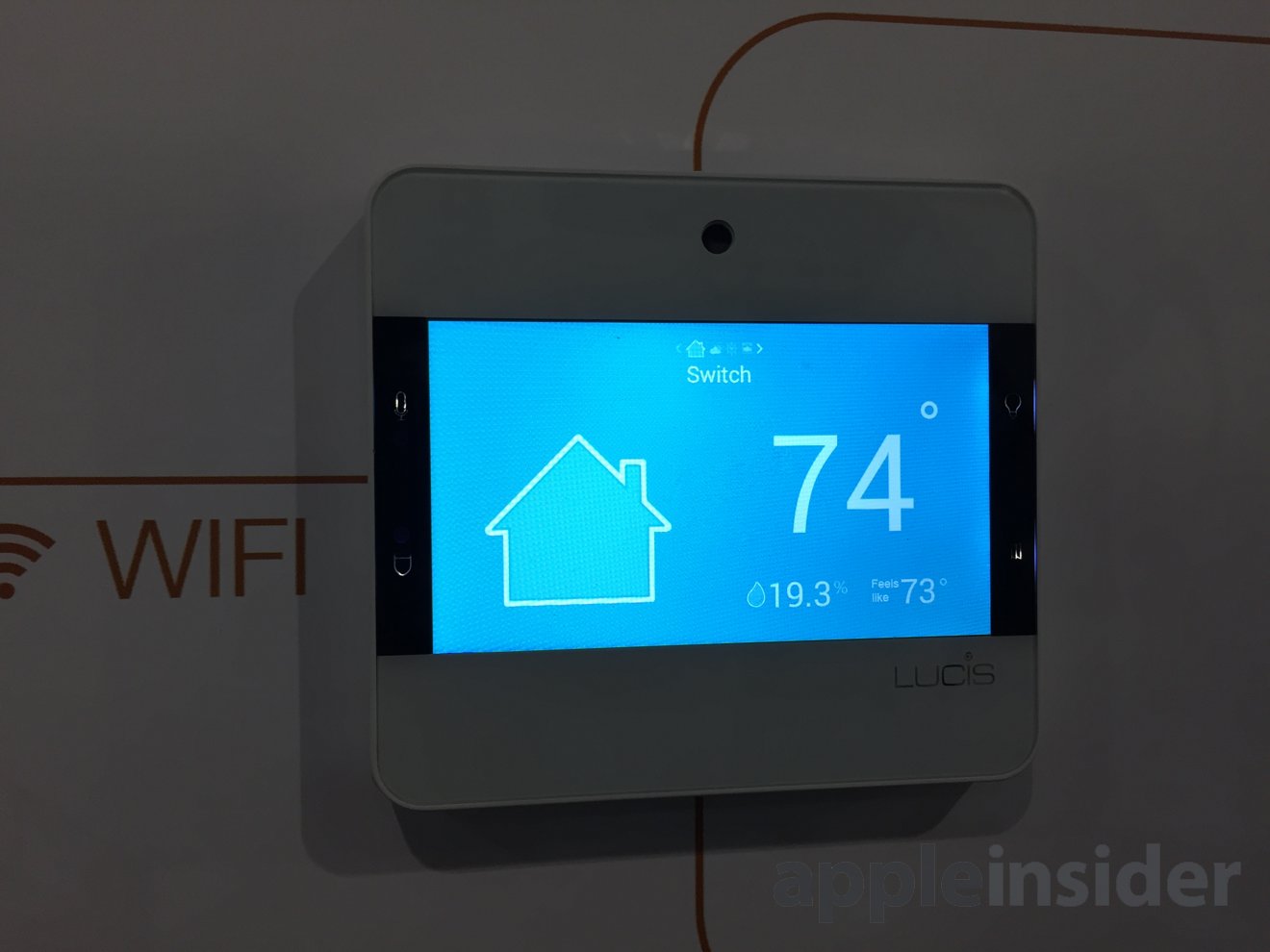
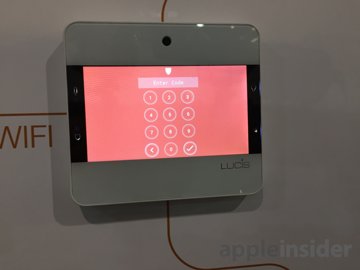
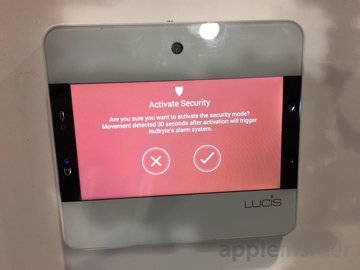
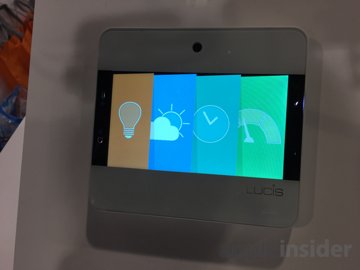
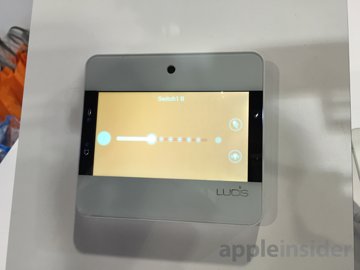
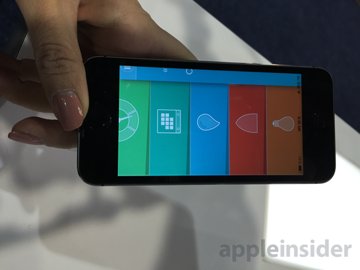







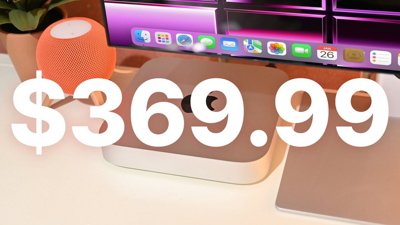
 Christine McKee
Christine McKee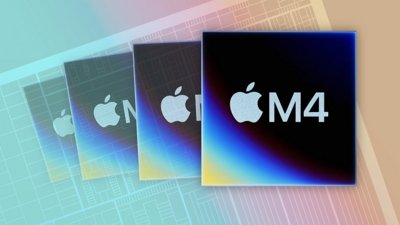
 Malcolm Owen
Malcolm Owen
 William Gallagher
William Gallagher
 Andrew Orr
Andrew Orr








-m.jpg)




17 Comments
Like the concept here. I would prefer a main control panel where they would allow multiples of (upstairs and downstairs) and then a reduced version that replaces light switches room by room. I have several other concepts that would make this great but not sharing unless I get paid!
How many swipes and presses to turn on a light, more than one? What if you're in a room and you don't have your iPhone or the console near you? This seems like another way to complicate people's lives and separate them from their money by slapping a "smart" label on it. A solution without a problem.
I like the idea, but it is a failure, here is why.
It is made to replace a single light switch modal, in my house and many up scale house very few rooms have a single wall switch, most are dual or triples. The only place in my house with a single switch is the light switch to the basement steps. I have duals, triples and quads switches all over the house and many of two or 3 way. If you look at the size, it covers thespace of a dual switch plate so you can not retro fit this into most homes of people who would have the money to spend on this.
The Hardware design is a failure out of the shoot. I fee back for these people they did not do their research.
I don't really get what it does.
Its a wall panel as opposed to an iPhone App?
And like someone else mentioned, smart lights are great, but when it comes to the optional wall control, it needs to be quick and tactile like a light switch.
Light switches don't bother people. So far, the only light fixtures in my home that have become smart lights are the ones that have no wall switch...either must be controlled by a pull chain or they are in stand alone lamps plugged into dumb outlets. In those cases, an iPhone App is vastly superior...but I also wish I had one of those switches I've seen is battery powered, sticks anywhere on the wall, and is used as tactile switch for any of your smart lights.
What makes NuBryte interesting is its ability to adapt lighting settings by applying specialized algorithms to recorded user behavior and data gathered by onboard sensors. Over time, the system "learns" a room's lighting patterns and can adjust light output settings depending on time of day and more, ultimately saving home owners money. Automated lighting choices can be overridden on device or through direct control via smartphone.
It's kinda bullshit, actually. Turning lights on and off manually is very easy, precise and fool proof. The potentials savings using 'specialized algorithms to recorded user behavior and data gathered by onboard sensors' are questionable when using LED bulbs. Personally I think its a case of 'we do because we can' and that home automation is a bit of a fad. The useful features will survive and the rest will forever be niche, or disappear.